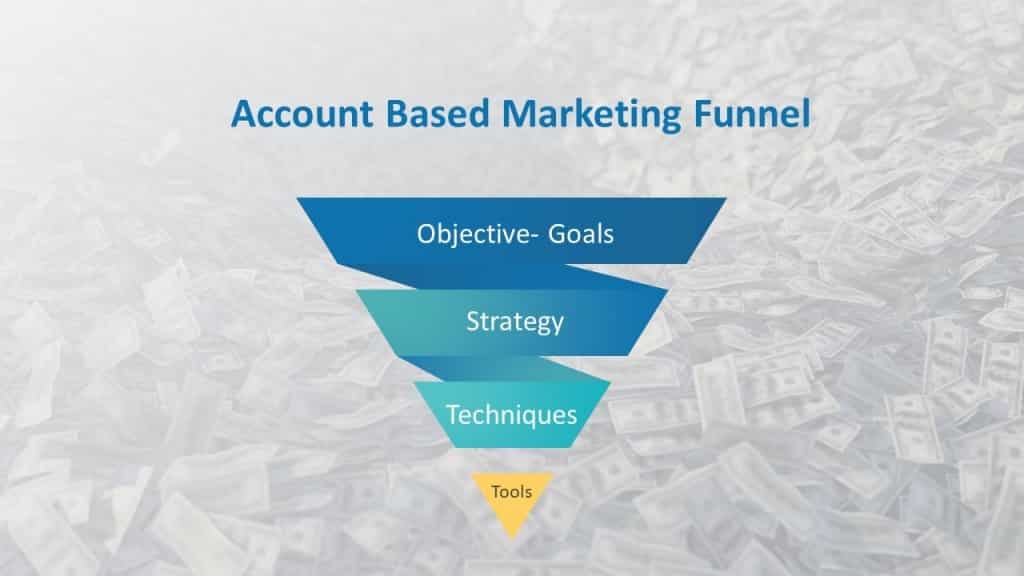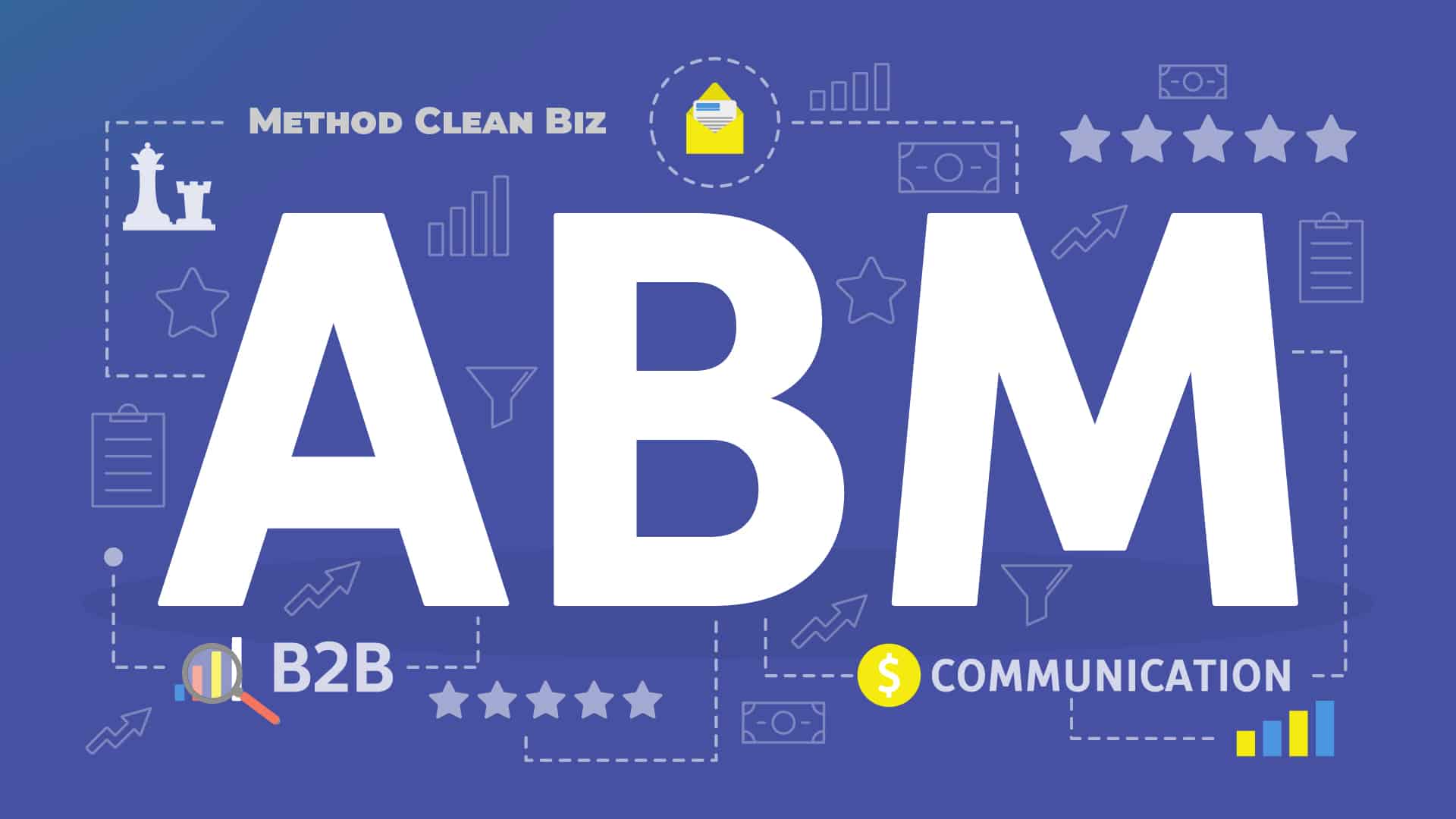Unlocking Growth: 3 Proven Marketing Strategies for Commercial Cleaning Services
In the highly competitive world of commercial cleaning services, establishing a robust marketing strategy is essential for sustainable growth.
A well-crafted cleaning marketing strategy not only sets your business apart but also helps in targeting the right clients and expanding your reach effectively. In this blog post, we’ll delve into three powerful marketing strategies tailored for commercial cleaning services: Account-Based Marketing (ABM), Geographic Targeting, and Service-Based Marketing.
Introduction: The Essence of a Cleaning Marketing Strategy
Effective marketing is the cornerstone of any successful business, and the commercial cleaning industry is no exception. A dedicated cleaning marketing strategy goes beyond traditional advertising; it involves a comprehensive plan that identifies target audiences, aligns with business goals, and maximizes the impact of promotional efforts.
With the right strategies in place, commercial cleaning services can not only attract new clients but also build lasting relationships and establish themselves as industry leaders.

1. Account-Based Marketing (ABM): Personalized Approach
Defining ABM: Account-Based Marketing is a strategic approach that targets specific high-value clients with personalized marketing campaigns. In the realm of commercial cleaning services, this means tailoring your outreach to key accounts such as office complexes, industrial facilities, or large-scale businesses.
Targeting High-Value Clients: Identify the clients that bring the most value to your business. These could be highest revenue, most gross profit margin, most repeat business and anything else you decide.
Personalized Marketing Campaigns: Craft personalized messages and marketing materials that address the unique needs of each targeted account. Showcase how your cleaning services can provide tailored solutions to enhance their work environment.
Leveraging Multiple Channels: Utilize a mix of social media, email marketing, and direct outreach to engage with decision-makers. Showcase success stories, testimonials, and case studies to build credibility.
Big difference with ABM is you are thinking about the account first then using whatever tactic to reach them, these are supposed to be big payoffs.

2. Geographic Targeting: Dominating a Specific Town/Area
Benefits of Geographic Targeting: Focusing on a specific town or area allows commercial cleaning services to tailor their marketing efforts to the local market, gaining a competitive edge and becoming a go-to choice for businesses in that region.
Understanding the Local Market: Conduct thorough research on the local market, including competition, potential clients, and market trends. This insight will inform your marketing strategy and help you better address the unique needs of the community.
Crafting Location-Specific Messages: Tailor your marketing messages to resonate with the local community. Highlight your commitment to the area, and emphasize how your cleaning services can contribute to the well-being and success of local businesses.
Utilizing Local SEO and Google My Business: Optimize your online presence for local searches through Local SEO techniques and a well-maintained Google My Business profile. This ensures that your commercial cleaning services are easily discoverable by businesses in the targeted area.
Bundled Services for Local Appeal: Offer bundled services that cater to a variety of cleaning needs within the local community. This not only attracts a diverse clientele but also positions your business as a comprehensive solution provider.
The goal here is to dominate the town, build up brand maturity first and offer multiple services.
3. Service-Based Marketing: Specializing for Wide Appeal
Advantages of Specializing: Specializing in a primary cleaning service allows commercial cleaning businesses to showcase expertise, efficiency, and excellence in a specific niche, ultimately attracting a broader audience.
Identifying In-Demand Services: Research and identify the most in-demand cleaning services in the market. This could be specialized services such as carpet cleaning, post-construction cleanup, or eco-friendly cleaning solutions.
Creating Targeted Content: Develop targeted content that highlights your expertise in the chosen service. Utilize blog posts, social media, and advertising to educate your audience about the benefits of the specialized service you offer.
Efficiency and Specialization: Emphasize the efficiency and specialization that comes with focusing on a specific service. Showcase how this approach allows your team to deliver exceptional results, making your commercial cleaning services stand out in the market.
Gradual Service Expansion: While specializing in a primary service, commercial cleaning businesses can gradually expand their service offerings based on market demand. This strategic expansion allows for continued growth while maintaining a core specialty.
This is the total opposite of geographic approach, here we focus on 1 primary service (still can offer secondary services) but offer it in multiple towns, areas.

Conclusion: A Strategic Mix for Sustained Growth
In conclusion, the journey to sustained growth involves a strategic mix of marketing approaches. Whether adopting an Account-Based Marketing strategy for personalized outreach, dominating a specific town through Geographic Targeting, or specializing in a primary service for wide appeal, each strategy plays a crucial role in establishing a strong market presence.
As the commercial cleaning industry continues to evolve, businesses that embrace and adapt these marketing strategies will not only attract new clients but also build enduring relationships, fostering long-term success.
By implementing these proven strategies, you can unlock new opportunities, reach their full potential, and thrive in an increasingly competitive market.

